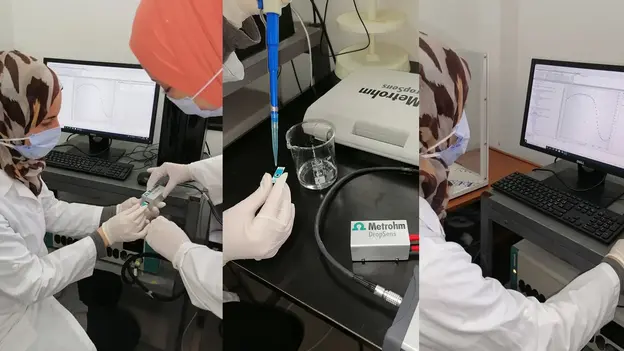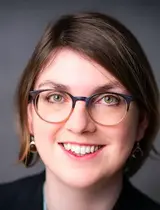Tandem Project
Improving Archaeological Research through Electrochemistry
DNA analyses open up new possibilities to investigate the geographical and chronological distribution of organic materials throughout history. For example, the historic evolution of diseases can be reconstructed with the help of DNA. For this reason, they are becoming more and more interesting also for archaeological research questions. Other than in medical genetics, where the analysed samples are rich in DNA material and stored in optimal conditions to ensure their integrity, biological samples taken from historical sites contain very often degraded DNA in limited quantity. Additionally, such samples may also be contaminated, which leads to interference with possible genetic analyses. One solution to this problem could lie in the world of nanoparticles. This project aims to develop nanostructures including an electrochemical biosensor for the detection of trace amounts of DNA in historical sites, particularly in the archaeological site of Dougga located in the North-West region of Tunisia. In an interdisciplinary workshop organized by the AGYA Working Group Common Heritage and Common Challenges, researchers and stakeholders discussed approaches to elucidate the history of the antique city of Dougga.
Measuring DNA material with the help of nanoparticles
To enhance the accuracy of genetic analyses, nanostructures consisting of nanomaterials equipped with biosensors have been developed. They serve as monitoring alternatives by electrically addressing DNA material. In a former AGYA project, AGYA members Prof. Dr. Olfa Messaoud, with the support of AGYA members Prof. Dr. Amr Rizk, successfully synthesized cubic Nickel aluminate (NiAl2O4) nanoparticles. This electrochemical biosensor was optimized to be appropriate for the measurements of limited quality and quantity of DNA samples. The first tests using synthesized DNA molecules showed an inverse proportion between the current and the DNA concentration: the lower the current, the higher the detected DNA concentration. Currently, further tests are being conducted to evaluate the electrode's current behavior towards other DNA parameters.
Roundtable meeting with geneticists and archaeologists
To ensure a close interdisciplinary exchange and discussion of the research results, a roundtable with international experts and students is organized. Geneticists and archaeologists identify together additional fields of application, such as forensic sciences and the history of diseases.
- Disciplines Involved
- Physics, Electrochemistry, Molecular Biology, Genetics, History, Archaeology
- Event Date
- 17 February 2023
- Venue
- Johannes Gutenberg University Mainz, Germany
- Cooperation Partner
- Institut National du Patrimoine, Tunis, Tunisia
- Institut Pasteur de Tunis, Tunisia
- Johannes Gutenberg University Mainz, Germany
- Brandenburg University of Technology Cottbus-Senftenberg, Germany
- Project Title
- NiAl2O4 Nanostructures for High-enhanced Detection of DNA Traces Extracted from Ruins of the Archaeological site of Dougga
- Year
- 2022 - 2023
- Funding Scheme
- Tandem Project
- Countries Involved
- Germany, Tunisia


